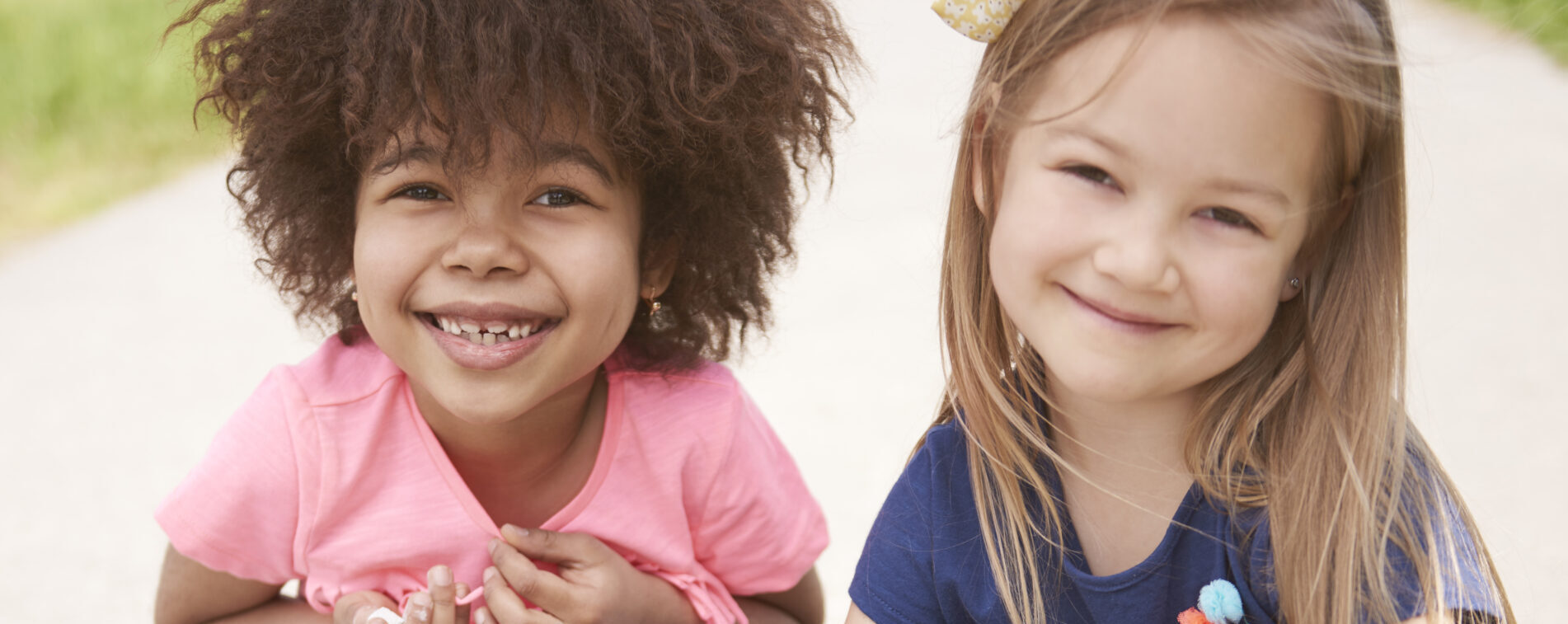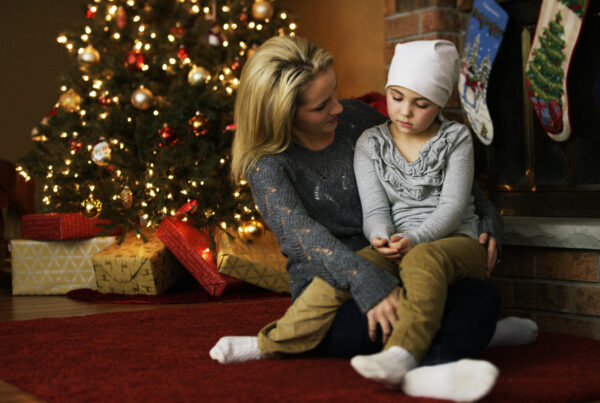Written by: Grace Sawyer, Ed.M.
Students receiving special education services (IDEA, 2004) periodically transition to new programs (e.g., early intervention [EI] to early childhood special education [ECSE], middle to high school). Many students, including students from military families, will move to a new location at various points in their lives (see Williams et al., 2020). In this blog post, however, transition refers to children moving between programs when they “graduate” from one to another. The Division for Early Childhood recommends practitioners implement strategies and exchange information with other programs before, during, and after children transition into new programs (DEC, 2014). However, researchers have found that practitioners do not always implement recommended practices to support students and families through these transitions (Podvey et al., 2013; Sands & Meadan, 2023). Practitioners can use the following strategies to support students and families before, during, and after transitioning between programs.
Before
Just before a student transitions, practitioners may be unsure of how best to support students and families. Families have legal rights to learn about possible transition placements as early as one year before a student’s transition. Practitioners should be intentional about discussing transitions from the beginning of services. Before a transition takes place, practitioners can:
- Problem-solve with families about their concerns.
- Review the steps to the transition process with families.
- Help families identify their goals for the transition.
Lucia, an occupational therapist in EI, is working with Julia and her 32-month-old son Nathaniel in a rural community. Lucia has been updating Nathaniel’s family on timelines for the transition process since he was 2 ½ (review steps to transition process). During their most recent visit, Julia expressed her concerns that the teachers at the local childcare center where Nathaniel will attend preschool might be unaware of how to support Nathaniel, who has autism spectrum disorder. Lucia reassures Julia about the teachers’ competence but realizes this does not eliminate Julia’s concerns. Lucia begins their next session by mentioning Julia’s concerns and asks her if she would like to discuss them further (problem-solve family concerns). Together, they make a list of goals for Nathaniel in preschool which can be shared during his transition meeting (help families identify their goals for transition).
During
Practitioners supporting students and families during transitions might feel their job is “done” while a transition is actively occurring. When students are still receiving services but will soon move to a new setting, it is important that practitioners make the most of their time with students, whether they have one month or one day left. During the transition process, practitioners can:
- Attend transition meetings with families to advocate with and support families.
- Create opportunities for families to visit the new program.
- Compile positive strategies to share with staff at the new program.
Imani is the assistant principal at a public elementary school serving multiple children who receive special education services. As the lead education agency representative, Imani attends all transition meetings for children moving from elementary to middle school, with the meetings scheduled at times that allow the fifth-grade teachers and related service providers to attend and support the family (attend transition meetings with families). At meetings, Imani shares information about similarities and differences from fifth to sixth grade, bridging families’ prior and upcoming experiences (attend transition meetings with families). Imani is in close contact with administrators at the middle school, and they have established a yearly field trip for each fifth-grade class to visit the middle school, with families encouraged to join. Imani also provides contact information at IEP meetings for families to schedule their own visit (create opportunities for families to visit the new program). At IEP meetings, Imani encourages teachers and families to discuss students’ successes and needs for support, providing an information-sharing template which can be shared with the sixth-grade teacher (compile positive strategies to share with the new program).
After
Once a transition is complete, practitioners might feel their job supporting students and families is finished. However, practitioners should continue to support transition:
- When students exit your program, by reaching out to the receiving program to offer support and complete any lingering paperwork needs.
- When students enter your program, by building relationships with families who have transitioned into services you provide.
Rachel is a preschool teacher who had several students transition to kindergarten last year, including Mark, a child with intellectual disabilities and who uses a wheelchair. Prior to the first day of school, Rachel sent an email to Mark’s kindergarten teacher, Damian, to offer her support. Damian replied quickly; he is a second-year teacher, eager but unsure of how best to support Mark in the classroom. Rachel and Damian scheduled biweekly meetings for the first two months of the school year to support Mark’s involvement and learning in the classroom. Damian also mentioned that some paperwork from the preschool is missing from his file; Rachel offered to check in with the office staff and re-send Mark’s paperwork (reach out to the receiving program).
Rachel also began communicating with the families of new students in her class. Starting with Johanna, a child who transitioned from EI, Rachel called and exchanged texts with her family to learn more about them and discuss Johanna’s strengths and needs (build relationships with families). Rachel and the paraprofessional in her classroom established a system to ensure they reached out to every family with positive information at least once every two weeks, especially their new students.
Educational practitioners are essential members of student’s transition teams, regardless of the educational programs they are entering. Although transition is often thought of as an event, it is a process in which practitioners must actively support students and families. Practitioners can aid in the process before, during, and after each transition takes place.
Check out this resource sheet for resources related to transition for students with disabilities.
References
Individuals with Disabilities Education Act (IDEA), Public Law, 108-446, (2004).
Podvey, M. C., Hinojosa, J., & Koenig, K. P. (2013). Reconsidering Insider Status for Families During the Transition from Early Intervention to Preschool Special Education. Journal Of Special Education, 46(4), 211–222.
Sands, M. M., & Meadan, H. (2023). Transition to Kindergarten for Children with Disabilities: Parent and Kindergarten Teacher Perceptions and Experiences. Topics in Early Childhood Special Education, 0(0).
Williams, C. S., Hayslip, L., DiPietro-Wells, R., Santos, R. M., & Ostrosky, M. M. (2020). Coming and going: The deployment cycle and its impacts on young children and their families. In S. Sandall, T. McLaughlin, & B. Rous (Eds.), DEC Recommended Practices Monograph No. 8 – Transitions. Washington, D.C.: Division for Early Childhood, 83-97.
Image Credit: Storyblocks.com, CC0













